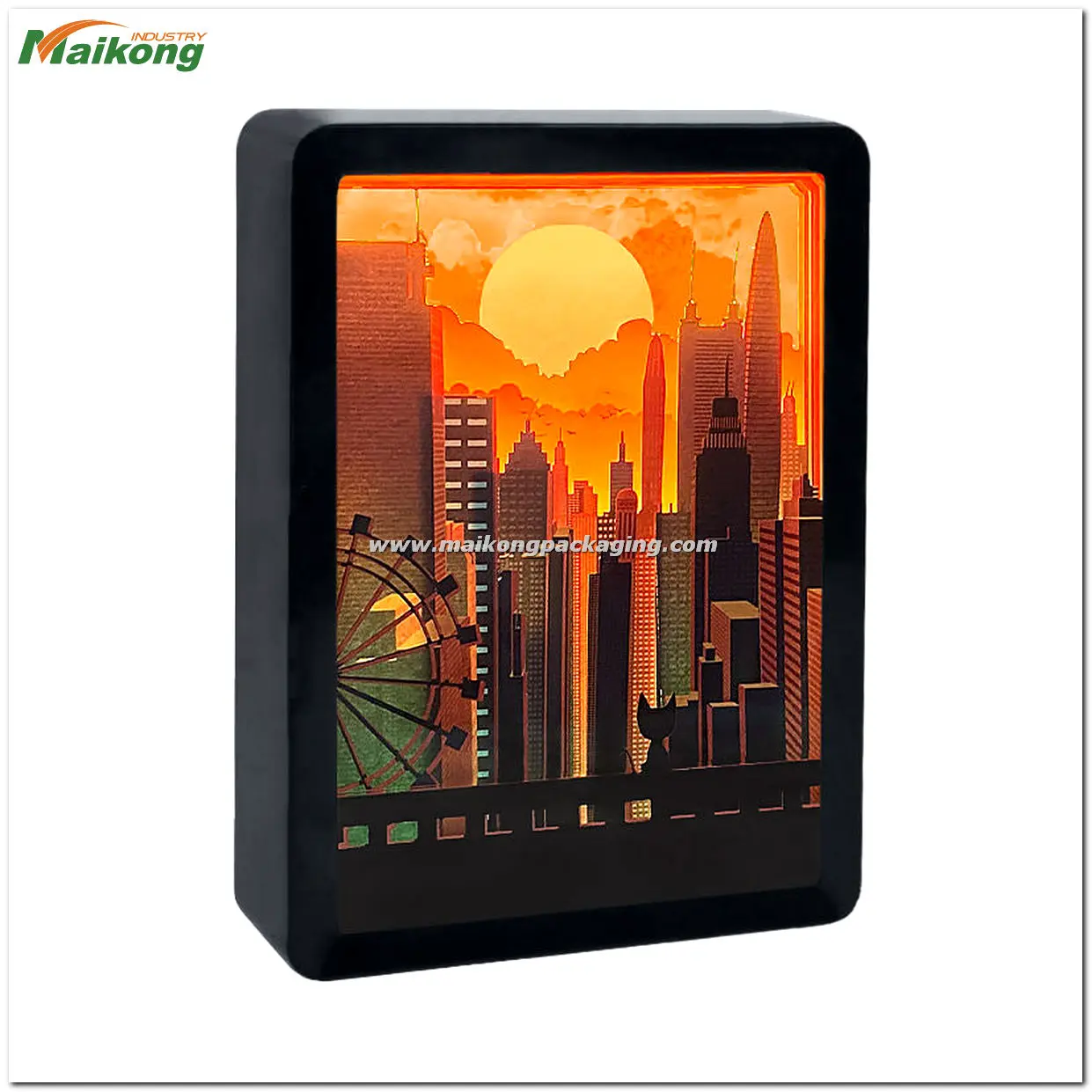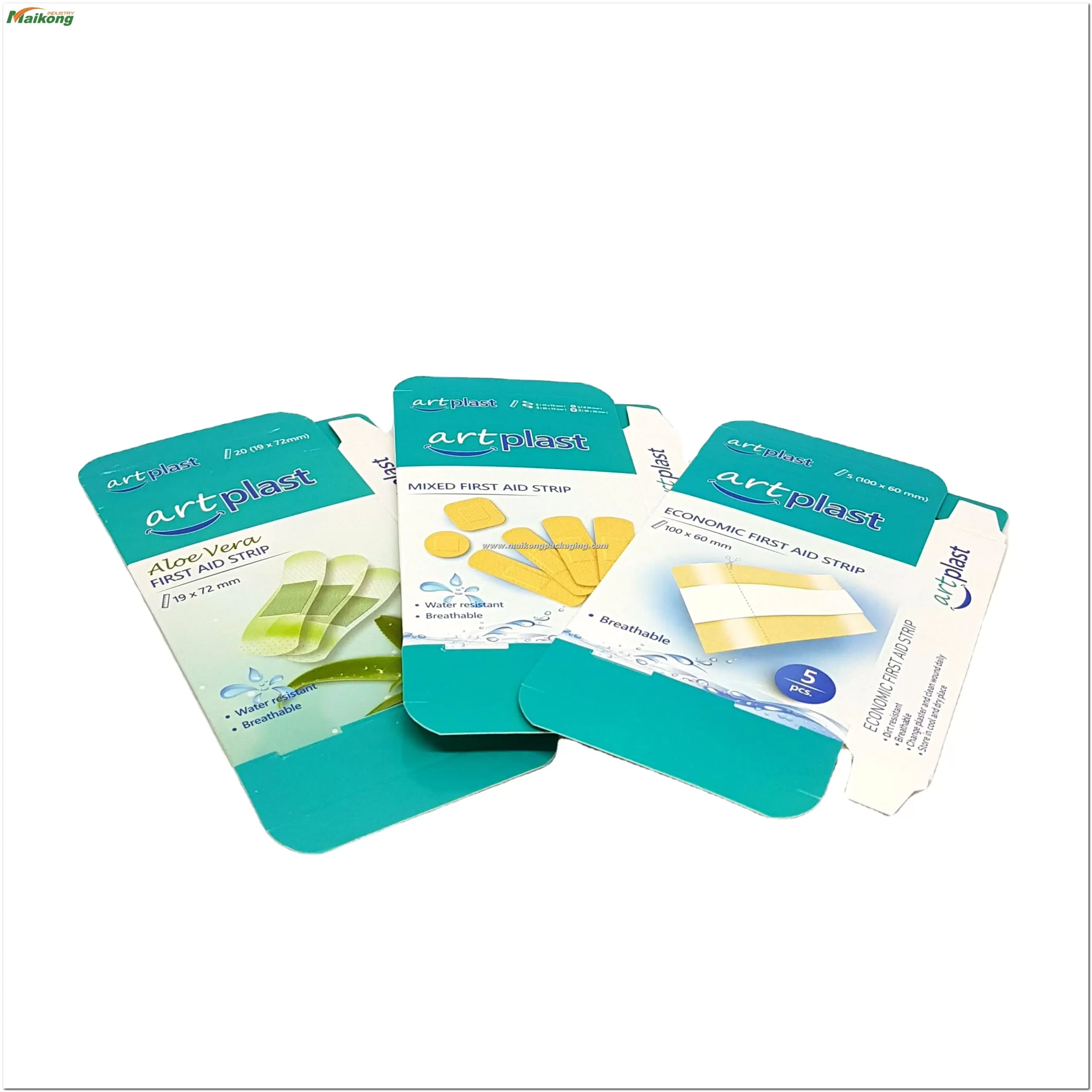Categories
- Events & Exhibitions (35)
- BLOG (186)
- FAQ (34)





In recent years, the environmental impact of plastic packaging has become a topic of global concern. It’s not just a matter of littering our landscapes; the implications run deeper, affecting ecosystems, wildlife, and even human health. As a leading packaging and labeling expert, maikong is committed to exploring and understanding these impacts while offering sustainable alternatives.
Plastic is a durable, lightweight material that has revolutionized packaging. However, its resistance to degradation poses a significant environmental challenge. Most plastics are made from petrochemicals, requiring substantial energy and resources for production. The manufacturing process itself contributes to greenhouse gas emissions, exacerbating climate change.
One of the most visible impacts of plastic packaging is waste accumulation. Globally, millions of tons of plastic end up in landfills, oceans, and other natural environments every year. This waste can persist for hundreds of years, breaking down into microplastics that infiltrate ecosystems and the food chain.
Marine ecosystems are particularly vulnerable to plastic pollution. Animals, mistaking plastic for food, ingest it, leading to injury, starvation, and even death. Additionally, plastic debris can entangle marine species, restricting movement and causing harm.
Microplastics, tiny fragments of degraded plastic, have been found in the most remote areas of the world, including the deepest parts of the ocean and the Arctic ice. These particles can absorb toxins, which then enter the food chain, potentially affecting both wildlife and humans.
Many plastics contain harmful chemicals like BPA and phthalates, which can leach out, especially when heated or in contact with fatty or acidic foods. These chemicals have been linked to health issues such as hormonal imbalances and reproductive problems.
Recent studies suggest that microplastics are not just in our waters but also in the air we breathe. The long-term health impacts of inhaling these particles are still unknown but are a growing concern among scientists and health professionals.
In response to these environmental challenges, maikong is at the forefront of developing sustainable packaging solutions. Biodegradable and compostable materials, derived from natural sources like cornstarch, are increasingly used as alternatives to traditional plastics.
Recycling remains a crucial strategy in managing plastic waste. maikong encourages and participates in initiatives to recycle and upcycle plastics, transforming waste into new products and reducing the need for virgin plastic production.
As consumers become more aware of the environmental impacts of plastics, their choices can drive significant change. Opting for products with sustainable packaging, supporting recycling programs, and advocating for environmental policies are ways individuals can make a difference.
Governments and regulatory bodies play a crucial role in managing plastic pollution. Policies like bans on single-use plastics, incentives for recycling, and regulations on plastic production are critical in mitigating the environmental impact of plastics.
In conclusion, the environmental challenges posed by plastic packaging are significant, but not insurmountable. Through innovation, consumer awareness, and regulatory action, we can reduce the environmental footprint of our packaging choices.
If you’re seeking top-tier custom packaging and labeling solutions that are both professional and eco-friendly, contact maikong at maikongpackaging@hotmail.com. We are committed to offering sustainable alternatives without compromising on quality and functionality.
Cannabis Packaging Waste: An Innovative Approach by Maikong
Maikong Packaging: Your Premier Partner for Sustainable and Innovative Packaging Solutions